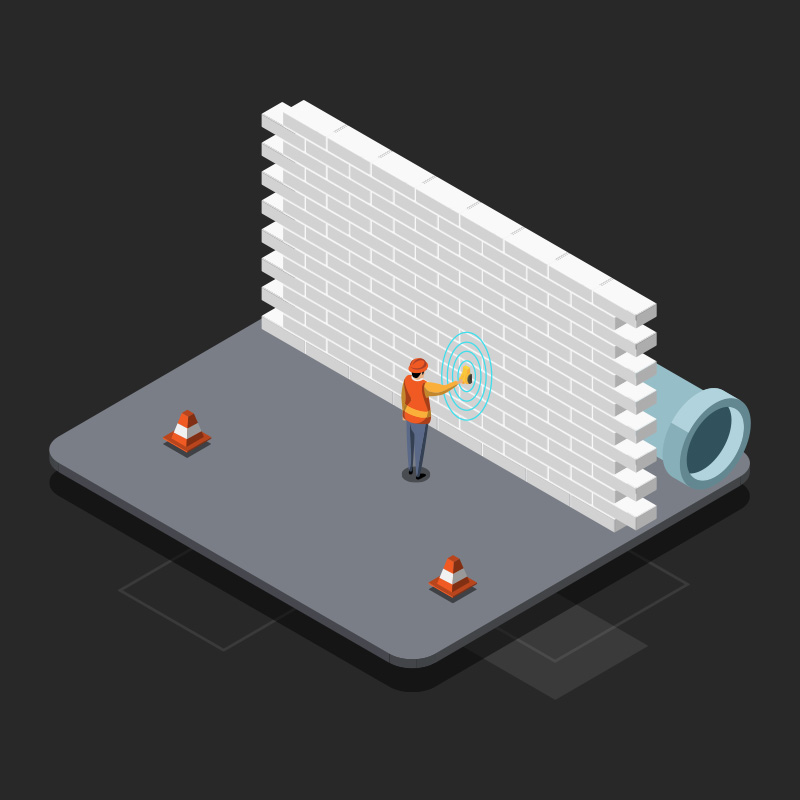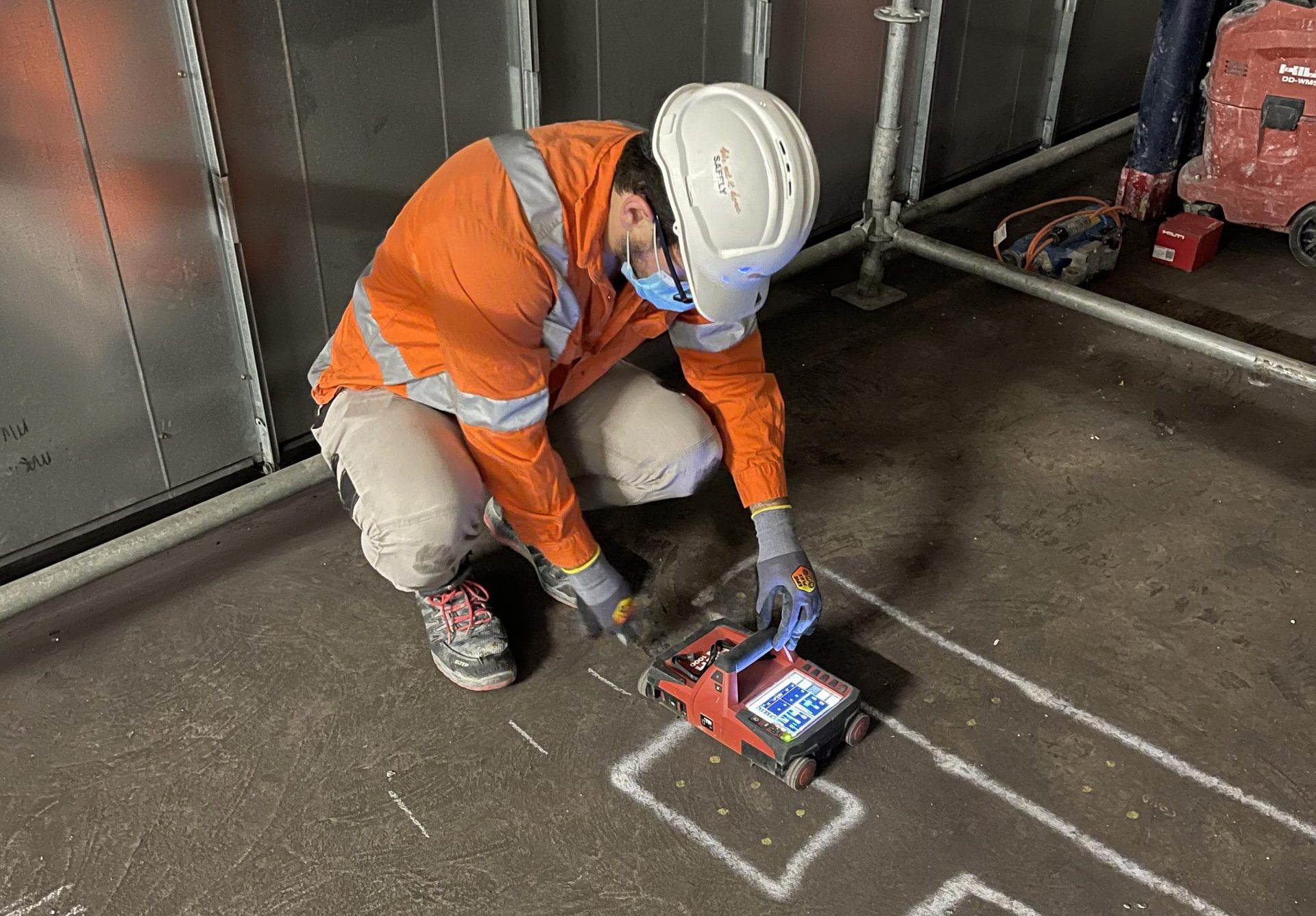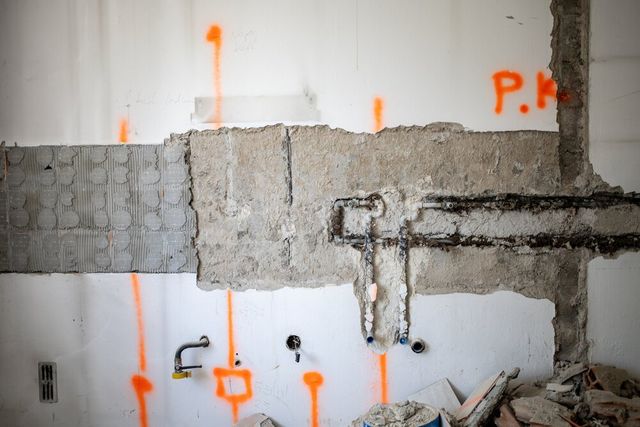Comprehensive Guide to Concrete Scanning Technologies
Comprehensive Guide to Concrete Scanning Technologies
Blog Article
Introduce the Transformative Power of Concrete Scanning in Making The Most Of Performance and Safety
Concrete scanning has actually become a vital device in the building industry, providing unparalleled benefits in improving task effectiveness and making certain security criteria. By making use of sophisticated technology, concrete scanning permits professionals to see past the surface, discovering hidden complexities that might influence the structural honesty of a structure. The transformative power of concrete scanning depends on its capability to offer in-depth insights and real-time data, reinventing how projects are prepared and implemented. As we explore the complexities of this cutting-edge technique, a globe of opportunities opens up, showcasing a new era of building methods that focus on precision and safety.
Significance of Concrete Scanning
Making sure the architectural stability and security of construction jobs starts with the essential step of carrying out extensive concrete scanning. Concrete scanning is a non-destructive technique made use of to identify and map subsurface components within concrete frameworks. This process is important in identifying potential hazards, such as rebar, post-tension cords, and conduits, that might be hidden within the concrete. By utilizing advanced innovations like ground-penetrating radar (GPR) and electro-magnetic induction, construction groups can properly situate these elements without triggering any damage to the structure.
The value of concrete scanning can not be overstated, as it plays an important role in stopping mishaps, decreasing task hold-ups, and ensuring the long-term durability of the building and construction. By determining possible threats prior to the building stage starts, home builders can execute appropriate precaution and make notified choices regarding the design and implementation of the task. In addition, concrete scanning helps in enhancing task timelines and budget by staying clear of unforeseen costs and hold-ups that may emerge as a result of unexpected blockages within the concrete. Inevitably, purchasing comprehensive concrete scanning is a positive technique that improves both effectiveness and safety and security in building projects.
How Concrete Scanning Works
Concrete scanning runs as an important tool in building projects by utilizing sophisticated modern technologies to find and map subsurface aspects without causing architectural damage. Ground Permeating Radar (GPR) and Electromagnetic Induction (EMI) are two key methods utilized in concrete scanning.
During the scanning procedure, the data gathered is analyzed in real-time, permitting immediate recognition of potential risks or barriers beneath the surface area. By employing these innovative modern technologies, concrete scanning substantially lowers the risk of expensive damages and injuries on building sites.
Advantages of Concrete Scanning
One of the key advantages of concrete scanning is the capability to identify and find embedded objects such as rebar, post-tension wires, and conduits properly. Concrete scanning helps in planning and designing more successfully, as it supplies accurate info regarding the place and depth of structural parts.

Instance Researches: Concrete Scanning Success

In one more instance, a construction business utilized 3D concrete scanning to assess the condition of maturing concrete structures in a historical building. The detailed scans provided useful insights into the extent of deterioration and aided focus on maintenance efforts effectively. By proactively addressing locations of issue determined with scanning, the business had the go to this web-site ability to extend the life-span of the structure and make sure owner safety and security.
These case researches underscore the transformative power of concrete scanning in improving effectiveness, accuracy, and safety and security in building and construction projects.
Implementing Concrete Scanning in Projects
Executing innovative scanning innovations during building and construction tasks has become progressively essential for improving precision and safety and security. By integrating concrete scanning right into project preparation and execution, construction groups can determine potential risks, such as rebar or post-tension cables, concealed within concrete structures. This proactive approach lessens the danger of crashes, delays, and expensive rework, inevitably causing much more reliable project timelines and spending plans.
To implement concrete scanning efficiently, project managers ought to collaborate closely with skilled scanning experts to figure out one of the most appropriate scanning techniques for the particular project requirements. Engaging scanning professionals from the early phases of a task makes it possible for the group to create detailed scanning plans that deal with Continue essential areas of worry and make sure comprehensive information collection.
In addition, including concrete scanning right into routine task process can streamline decision-making procedures, as real-time scan information provides immediate understandings into the condition of concrete structures - Concrete Scanning. This data-driven technique helps with educated analytical and makes it possible for teams to make changes promptly, fostering a society of effectiveness and safety throughout the project lifecycle

Verdict
Finally, concrete scanning plays a critical role in improving performance and safety and security in building projects. By utilizing advanced modern technology to map and spot out underlying structures within concrete, this procedure helps to stop pricey mistakes, ensure structural stability, and decrease risks on site. With the capability to reveal hidden aspects and provide precise data, concrete scanning proves to be a useful device for optimizing project results and making the most of general success.
Concrete scanning is a non-destructive technique utilized to find and map subsurface components within concrete frameworks. Furthermore, concrete scanning aids in maximizing job timelines and spending plan by avoiding unforeseen costs and delays that might develop due to unanticipated blockages within the concrete. One noteworthy case research study involves a large-scale remodelling job where concrete scanning played an essential role in ensuring job success.In one more situation, a building and construction business utilized 3D concrete scanning to assess the problem of aging concrete structures in a historical structure. By integrating concrete scanning into job planning and execution, building and construction groups can recognize potential dangers, such as rebar or post-tension cable televisions, hidden within concrete frameworks.
Report this page